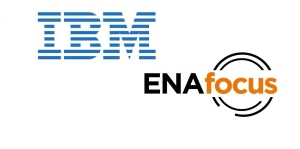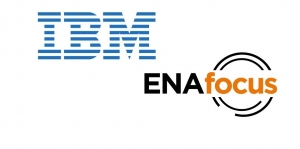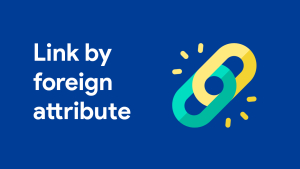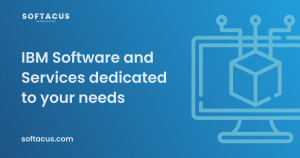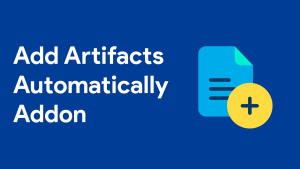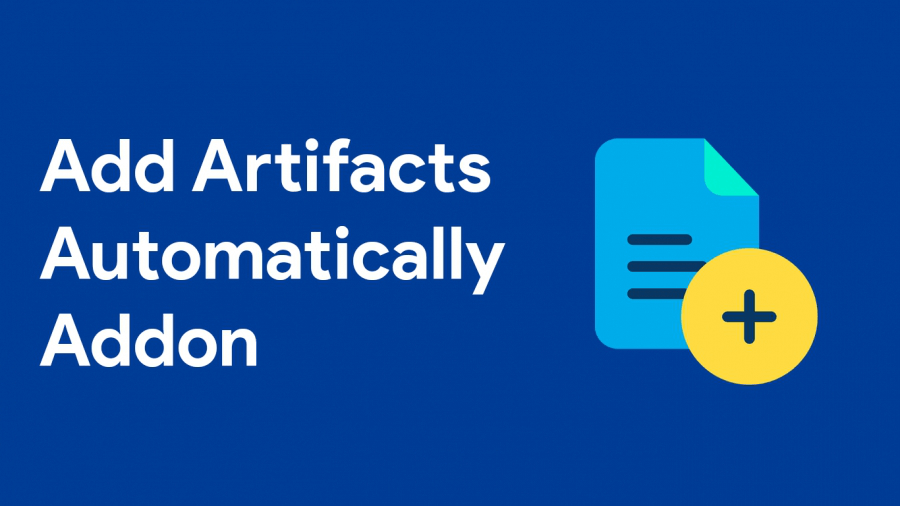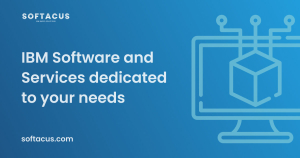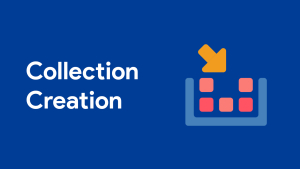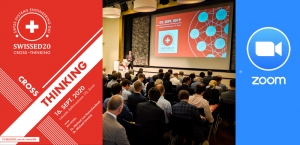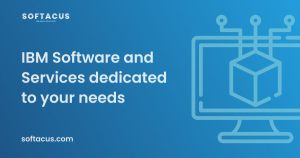Displaying items by tag: doors
An Introduction to DOORS 9.7 - IBM DOORS 101
This DOORS 101 presentation and demonstration will give you a good foundation and understanding of the overall versatility of DOORS. Key capabilities will be reviewed to show how to establish a comprehensive requirements management environment. You will learn how to import information into the DOORS database, create custom attributes and create custom views or reports. Creating links between associated information and then being able to create traceability or impact analysis reports will be discussed and demonstrated.
IBM Engineering Lifecycle Management (ELM) is the leading platform for today’s complex product and software development. ELM extends the functionality of standard ALM tools, providing an integrated, end-to-end solution that offers full transparency and traceability across all engineering data. From requirements through testing and deployment, ELM optimizes collaboration and communication across all stakeholders, improving decision-making, productivity, and overall product quality.
Presenters:
Nick Manatos of ENA Focus
Jim Marsh of IBM
Marsha Knudsen of IBM
Location
Feb 10, 2022 from 10:00 AM to 11:00 AM (PT)
An Introduction to DOORS Next - IBM DOORS Next 101
IBM DOORS Next is a requirements management tool that provides a smarter way to capture, track, analyze, and manage changes to requirements while maintaining compliance with regulations and standards. In this presentation and demonstration, we will introduce you to this web-based collaborative tool that helps project teams work more effectively across disciplines, time zones, and supply chains. Leveraging many of the key concepts and capabilities of IBM DOORS 9. x, it addresses many needs of a variety of users focused on requirements while being tightly integrated with other tools to support the entire lifecycle.
IBM Engineering Lifecycle Management (ELM) is the leading platform for today’s complex product and software development. ELM extends the functionality of standard ALM tools, providing an integrated, end-to-end solution that offers full transparency and traceability across all engineering data. From requirements through testing and deployment, ELM optimizes collaboration and communication across all stakeholders, improving decision-making, productivity, and overall product quality.
Presenters:
Nick Manatos of ENA Focus
Jim Marsh of IBM
Marsha Knudsen of IBM
Location
Tracked-resource sets
The tracked-resource set (TRS) specification allows a server to expose set of resources in a way that allows clients to discover the exact set of resources in the set, to track all additions to and removals from the set, and to track state changes to all resources in the set. This specification is HTTP-based and follows RESTful principles. It is suitable for dealing with large sets containing a large number of resources, as well as highly active resource sets that undergo continual change.
When project areas are enabled for configurations, for team members to see, use, create, or remove links across project areas, a Jazz administrator must install the Global Configuration Management (GCM) and Link Index Provider (LDX) applications. Use TRS v2.0 as a data source to create the linked lifecycle data index.
When project areas are not enabled for configurations, to ensure that Lifecycle Query Engine (LQE) can access the lifecycle data, you must configure it to work with Jazz™ Team Server (JTS) and then configure the lifecycle tools as data sources (TRS providers.)
Terminology:
Resource Set - an enumerable, finite, collection of Resources
Resource - web resource identified by URI; the Resource Set members
Server - party playing the role of Resource Set provider
Client - party playing the role of consumer; interacts with a Server to enumerate and track Resources in the Server’s Resource Set
Tracked Resource Set (TRS) - describes the set of Resources in a Resource Set, expressed as a Base and a Change Log
Base - portion of a Tracked Resource Set representation that lists member Resources
Change Log - portion of a Tracked Resource Set representation detailing a series of Change Events
Change Event - describes the addition, removal, or state change of a member Resource
What does rebase do ?
TRS providers are responsible for managing the base change log for their consumers. In theory, the base is established at the "beginning of time" and the change log continues to grow forever. A TRS provider may choose to periodically, or on some significant event, rebase or recalculate the base resources and prune the change log. The server should retain at least seven days of of the most recent change events in the change log, and set the cutoffEvent to the most recent retained change event to give clients time to catch up to the new base and change log.
The cutoffEvent property of the Base identifies the point in the Change Log at which processing of Change Events can be cut off because older changes are already covered by the new Base after the rebase operation.
In short, Rebase is a process that creates a new base for tracked resource set. This leads to truncating the changeLog to only contain last 7 days of changes while adding "cutoffEvent" property to the latest changeEvent.
The newly established base is now the actual one and new ChangeLog is based on changes on the members of the new base.
When is manual rebase mandatory ?
When a server rename procedure is performed, as a part of the post-rename steps, but before adding DNG TRS datasources back into LQE, one must perform full TRS 2.0 rebase in DNG.
TRS 2.0 rebase is also highly recommened after upgrading to newer DNG versions (base version, not iFix).
How to perform rebase ?
1, Open a web browser and navigate to your DNG frontend. Log in with the administrator privileges and continue to https://your.RMserver.com/rm/admin#action=com.ibm.rdm.fronting.server.web.trs .
2, Here you can see TRS status and rebase option. Click on the TRS 2.0 Full Rebase.
3, Wait for the operation to finish, the status of the rebase procedure is shown in the status windows which can be manually refreshed.
4, Once the rebase is done, you may continue with adding the LQE data sources and reindexing them.
If you need more detailed information, visit https://archive.open-services.net/wiki/core/TrackedResourceSet-2.0/
This extension allows users who don't have access to view all project areas and request access for it.
Features
- View all project areas even if user does nothave access to one
- Filtering of project areas based on their name or description
- Request access to any project area - Request will be sent over email to administrator
- Refreshment of list by administrator
Restrictions
- The generation of the table is protected by unique password generated once and given to the administrator (user who has access to all project areas)
- Unless a correct password is provided, a table can't be generated.
User Guide:
- Open dashboard
- View all project areas
- Request access for a project area (via button) which will send email to administrator
Administrator Guide:
- Open dashboard
- Select application
- Type in password and hit refresh list button
Pricing:
These scripts are free of charge to all customers which have purchased IBM Jazz Products via Softacus.
Enhancement Request and Defects:
Send Email to This email address is being protected from spambots. You need JavaScript enabled to view it.
This extension allows users to generate, set, and structure artifacts in the module based on the specified rules.
Explanation and features
Features:
- Allows the user to add all types of artifacts into the module
- Allows the user to choose module structure according to Number and PUID attributes
- Users can add anytime and easily RPE Tags
Restrictions
- Requires to be executed in the module. If a user tries to start the script outside of the module it will not work and the message will be displayed advising the user to work from the module.
How to use this extension
- Open a Module
- Type PUIDs of desired artifacts
- Add different types of RPE tags according to user needs
- Click the button Generate document to generate the structure of artifacts in the module
- Artifact structure is successfully generated.
Pricing
This add-on is free of charge for customers who purchased the IBM Jazz solution via Softacus.
Please contact us if you need a different arrangement.
Contact us, Support, Modifications
Every functionality of any of Softacus Engineering Requirements Management DOORS Next extension can be customized based on your needs. If you are interested in having, enhancing or if you found a defect in extension, please contact us at: This email address is being protected from spambots. You need JavaScript enabled to view it.
Also, we are providing custom modifications for our customers. Every Softacus DNG Extension can be modified based on your needs or requirements. We are looking forward to developing a solution for you.
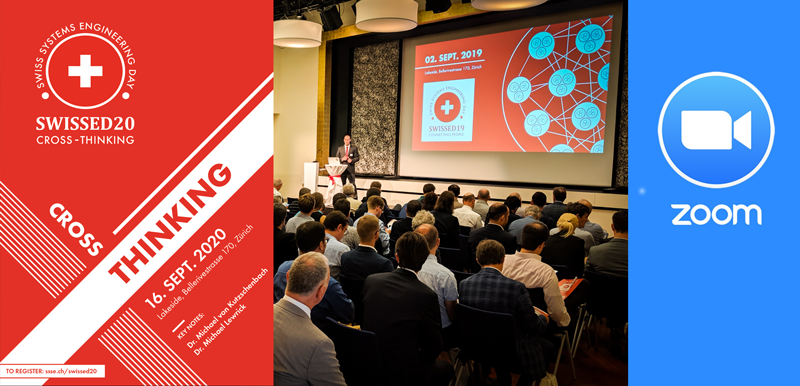
Softacus was a Sponsor of SWISSED20 - an Annual Symposium of the Swiss Systems Engineering Society - which was held this year as a hybrid event comprising of the real conference and virtual content.
We were onsite, presenting IBM Watson IOT Continues Engineering products - IBM DOORS Next Generation, Workflow Management, Test Management, and more.
Option 1: Project Area or Component Template
How to:
- In the current project go to Project or Component Properties > Templates
- Create New
- Click on data which you want to copy (if you click on Artifact then all artifact will be part of the template
- Create a new project area or component and use a template for creation (template must be downloaded and uploaded if you are porting to a new server)
Advantages:
- Works also for porting to a new server
- Links between artifacts are kept
- project area properties are automatically saved
- Are links within the project area/component are kept

